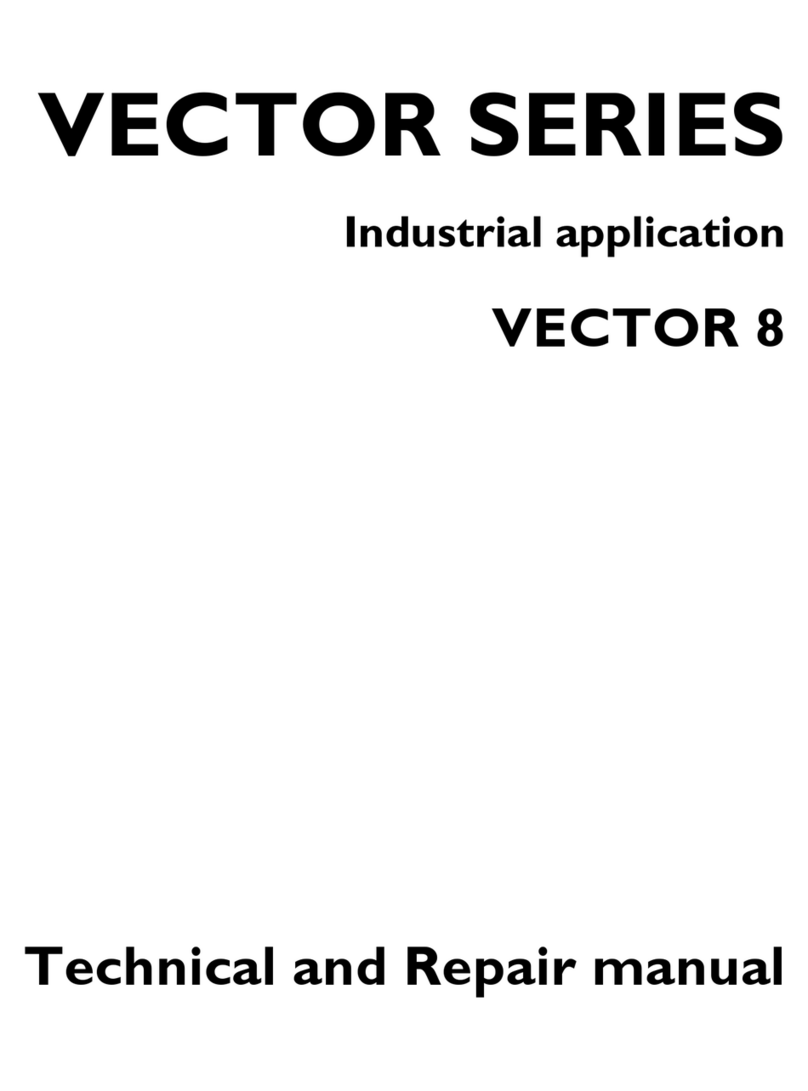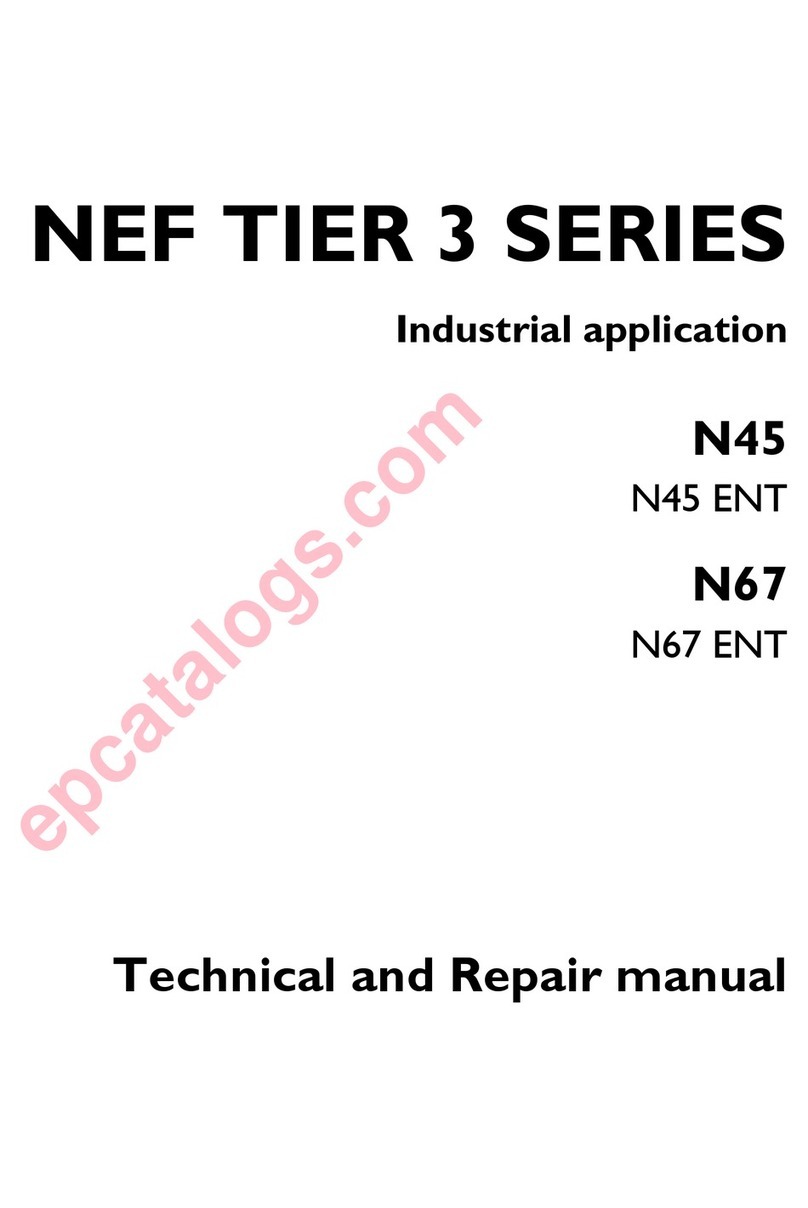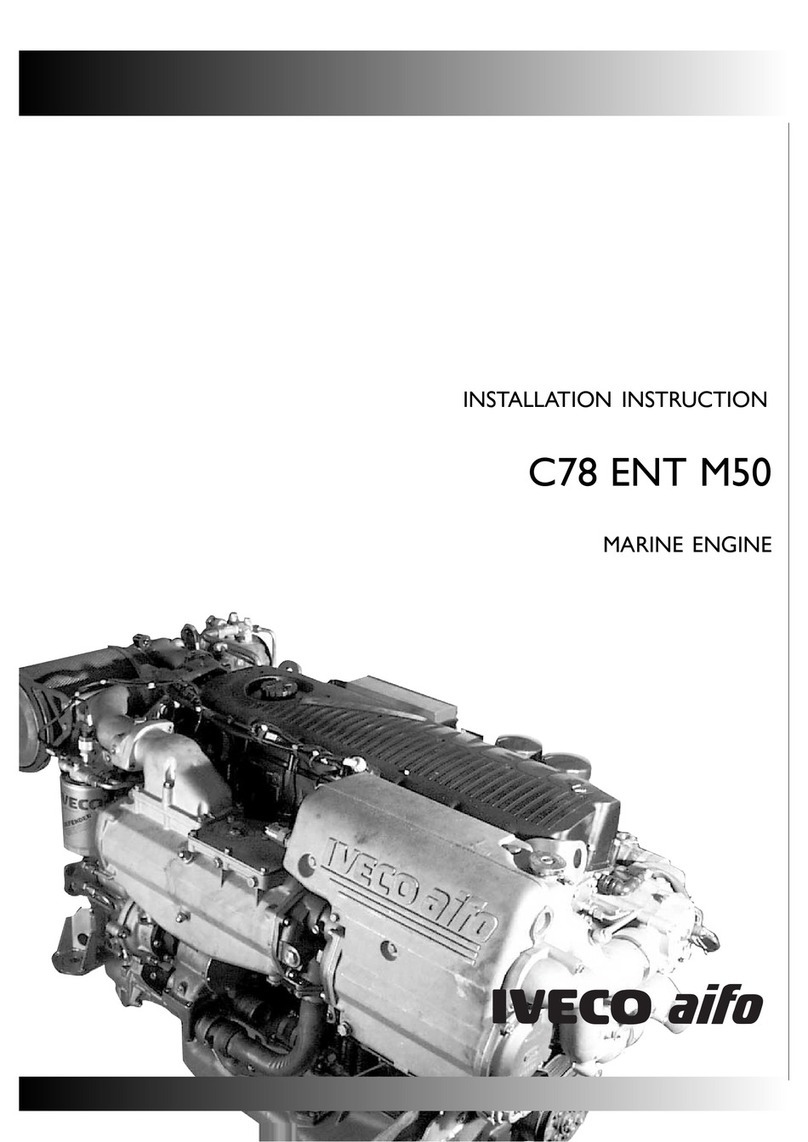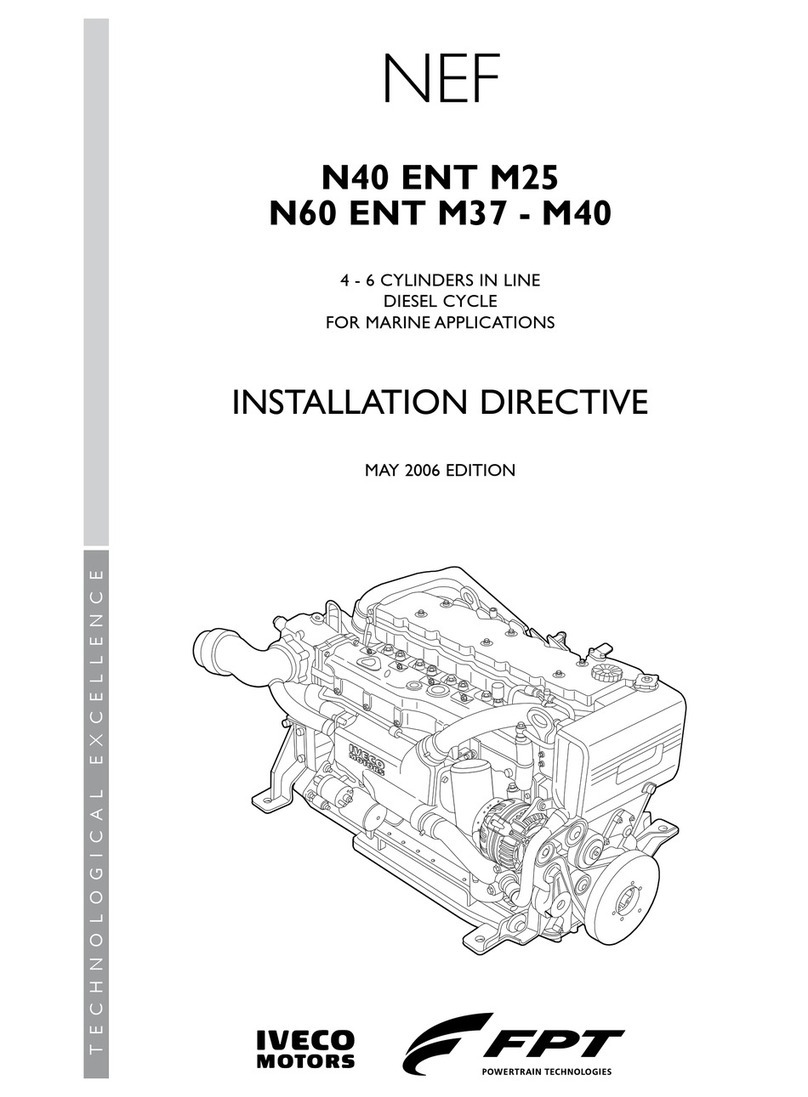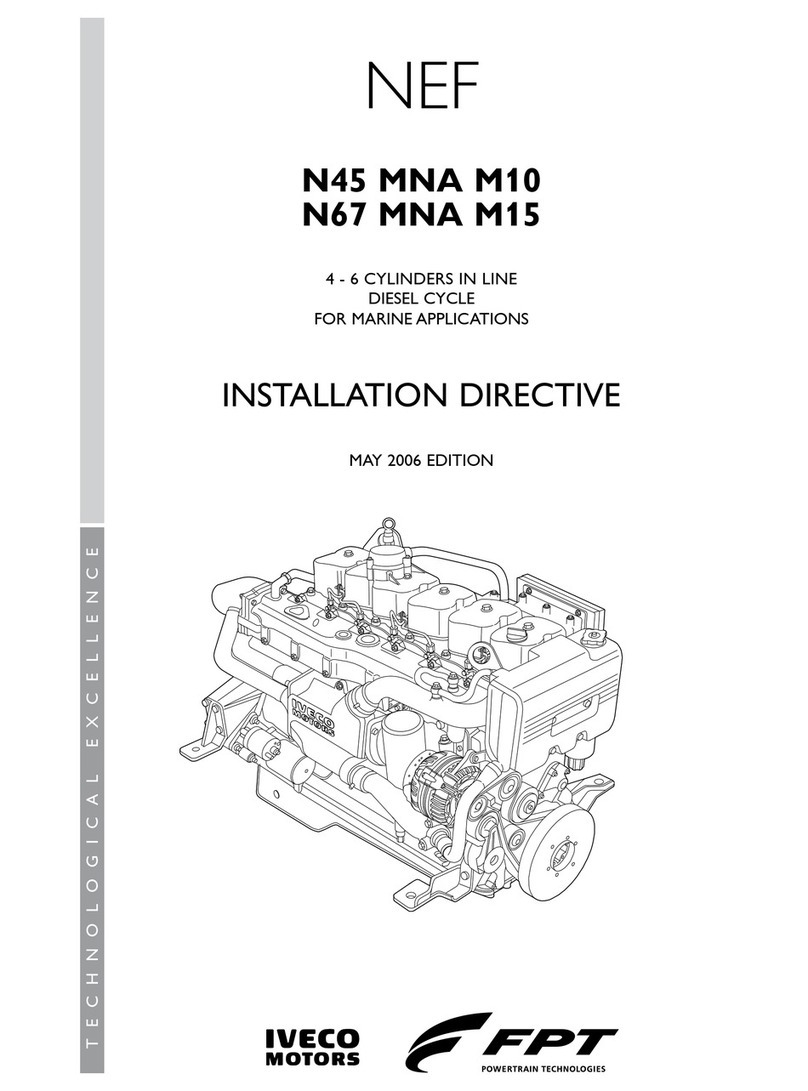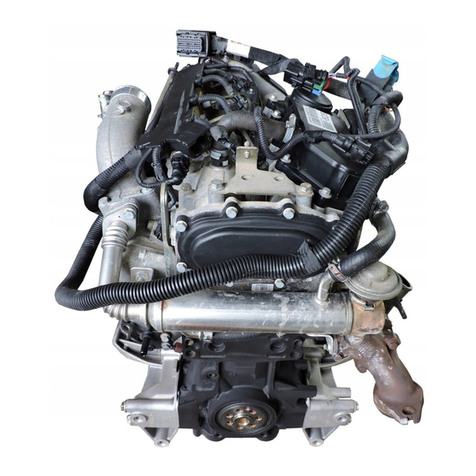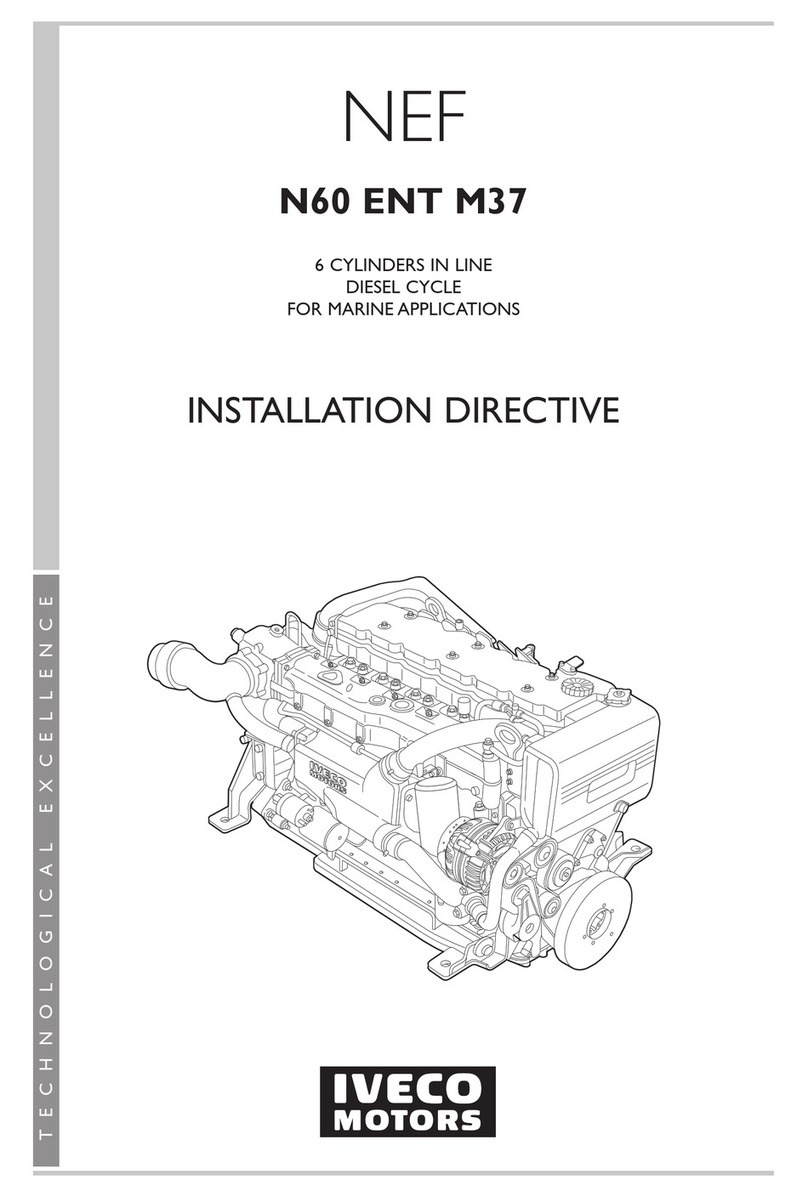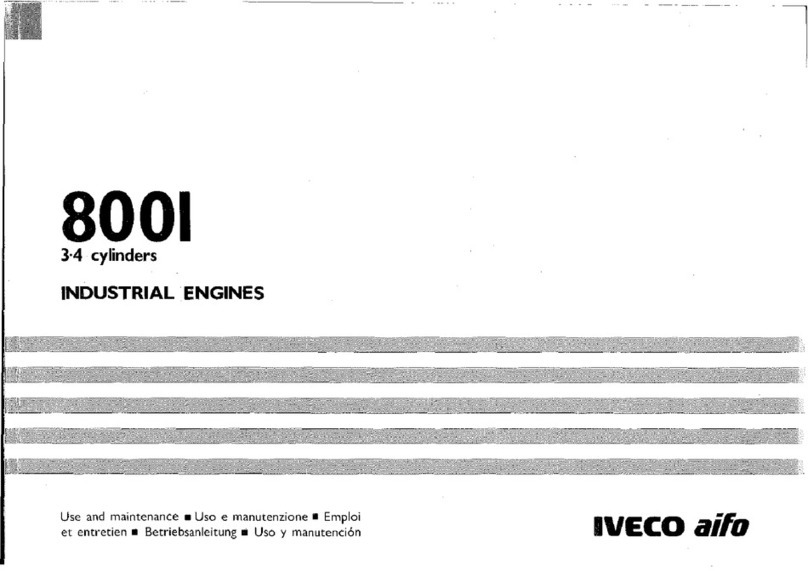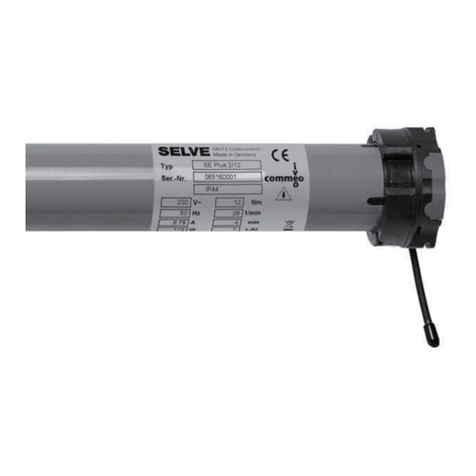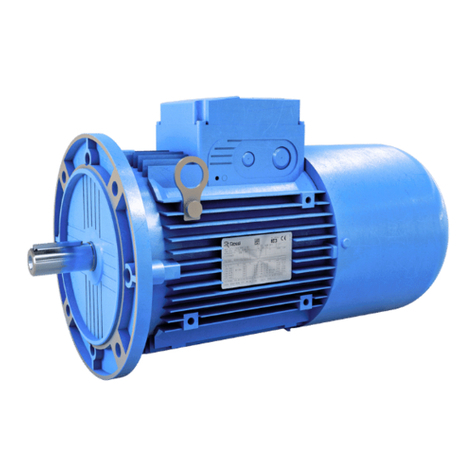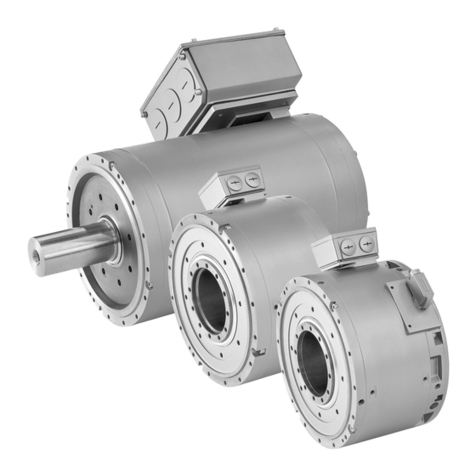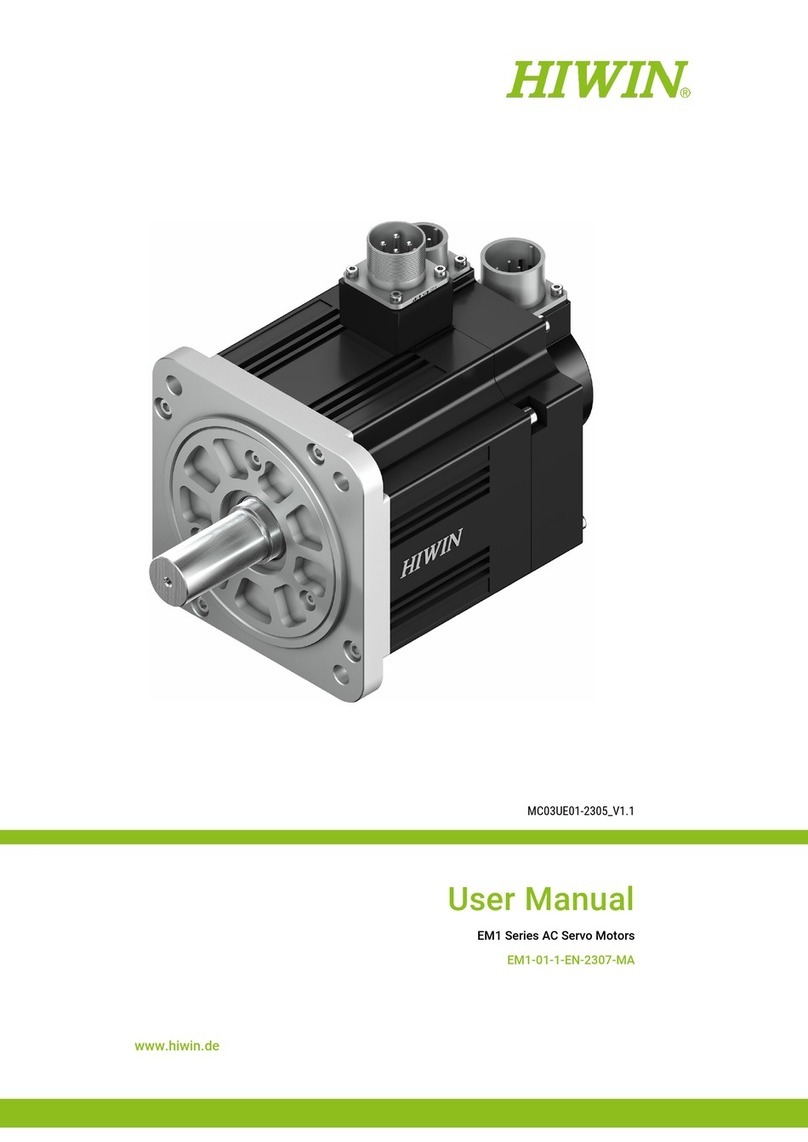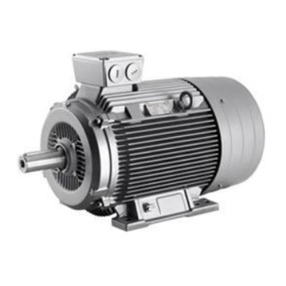N60 ENT M37
II FEBRUARY 2003 EDITION
FOREWORD
Please read carefully the indications provided in this docu-
ment: compliance with them will ensure the engine will con-
tinue to run smoothly and reliably, protecting users and ser-
vice personnel against the risk of mishaps.
The instructions contained in this document pertain specifi-
cally to the N60 ENT M37 engine and complement the
IVECO Aifo publication “Marine Engine Installation Manual”,
which should be referred to for all matters not covered
herein.
Any installation not in compliance with the contents of these
instructions, or modifications to the engine and its fittings are
not admitted.The installing Yard is required to conduct tests
to verify the functional compatibility between the engine’s
electrical-electronic equipment and the other electronic
devices present on the boat.
Engineers and installation personnel are reminded of their
obligation to comply with workplace safety rules.
To ready the engine for starting, follow the procedure set out
at the end of Section 2 of this document.
To get the best possible performance out of the engine, it is
mandatory to conform with its intended mission profile.The
engine must not be used for purposes other than those stat-
ed by the manufacturer. IVECO Aifo is willing to examine
beforehand any requirements for particular installations.
In particular
❏Use of unsuitable fuels and oils may compromise the
engine’s regular operation, reducing its performance, reli-
ability and working life.
❏For the engine to maintain its original condition, it is
absolutely mandatory to use only Original IVECO Parts.
❏Any tampering, modifications, or use of non-original
parts may jeopardize the safety of service personnel and
boat users.
Spares may be supplied only if the following are indicated:
- Commercial code and serial number of the engine;
- Part number as per spares catalog.
The information provided below refers to engine features as
of the date of publication. The manufacturer reserves the
right to make modifications at any time and without advance
notice, to meet technical or commercial requirements or to
comply with local legal and regulatory requirements.
The manufacturer
is not liable for any errors
or omissions.
The IVECO competence and professionalism of the
Customer Service Network is always available to our cus-
tomers. Publication Edited by:
IVECO Engine Business Unit
C.O. Mkt. Advertising & Promotion
IVECO Aifo – Pregnana Milanese
Printed L 320.32.010 - Ed. 02/03
